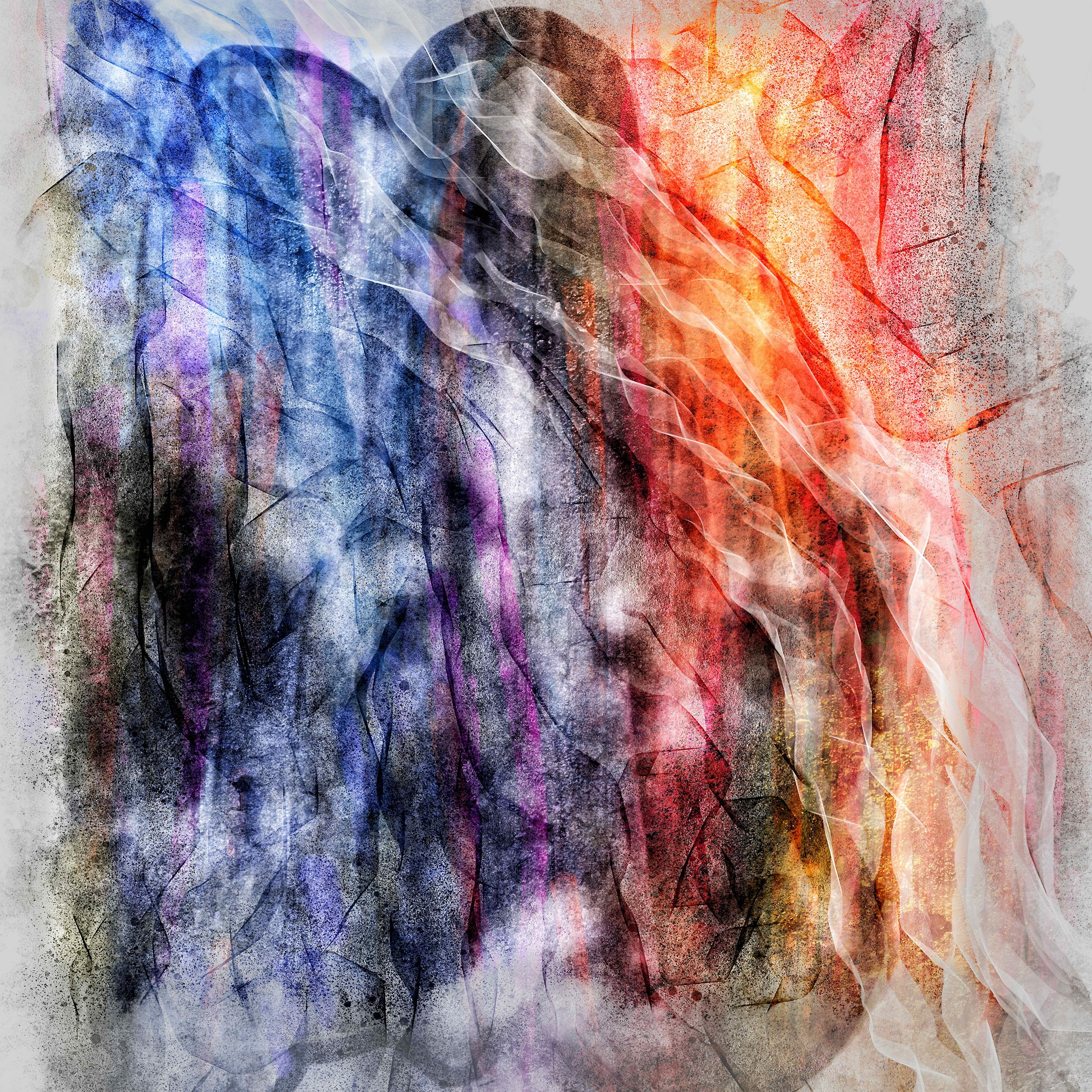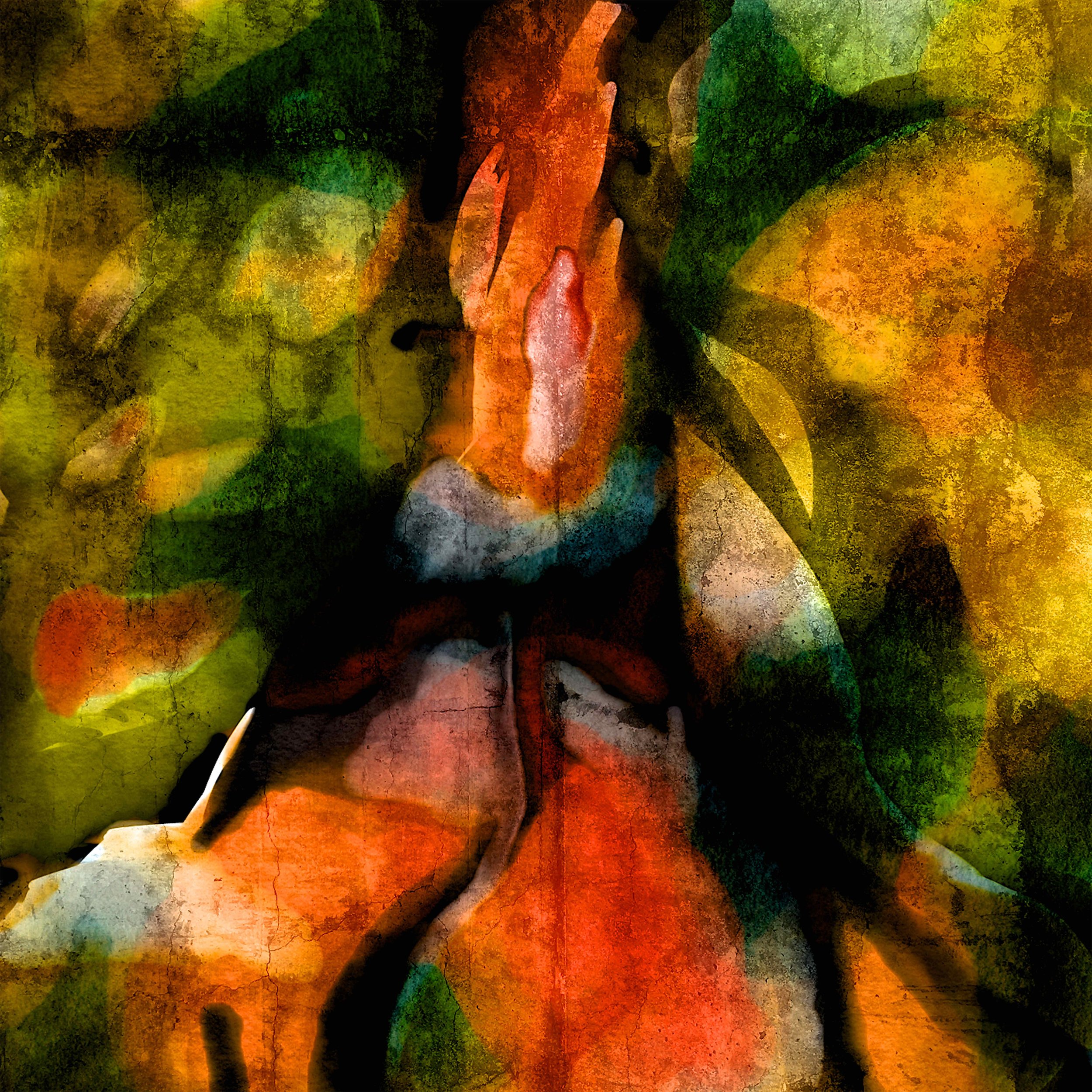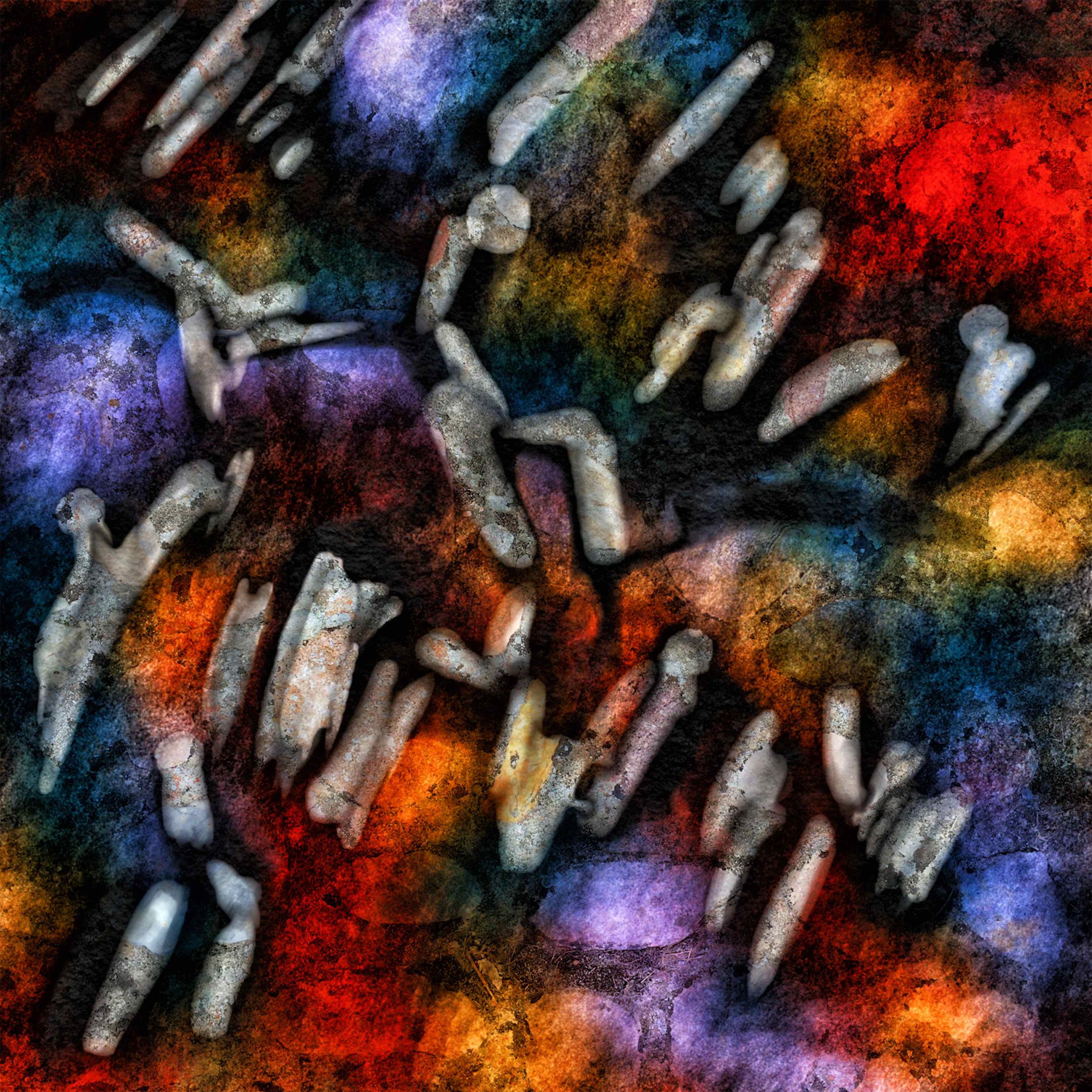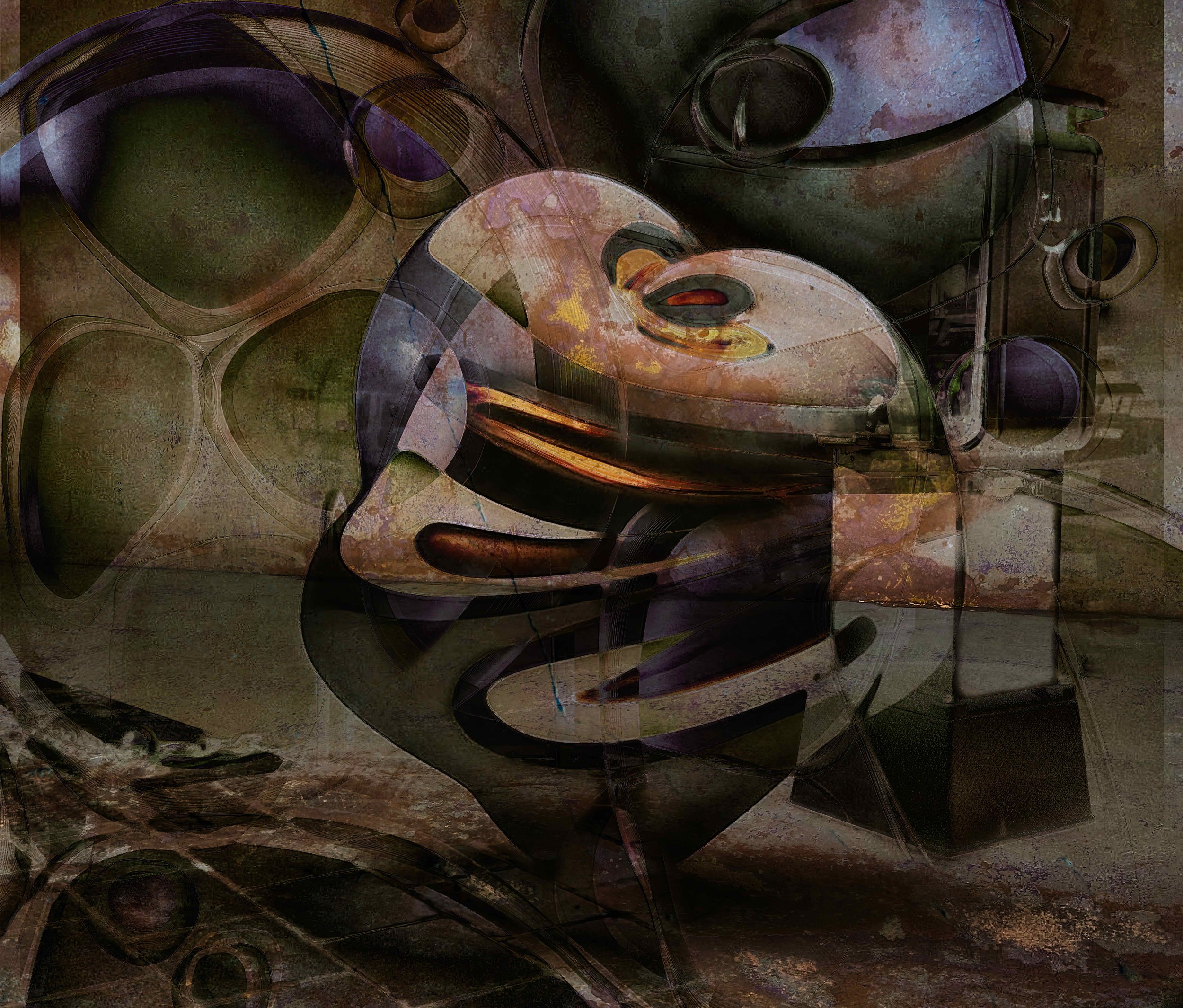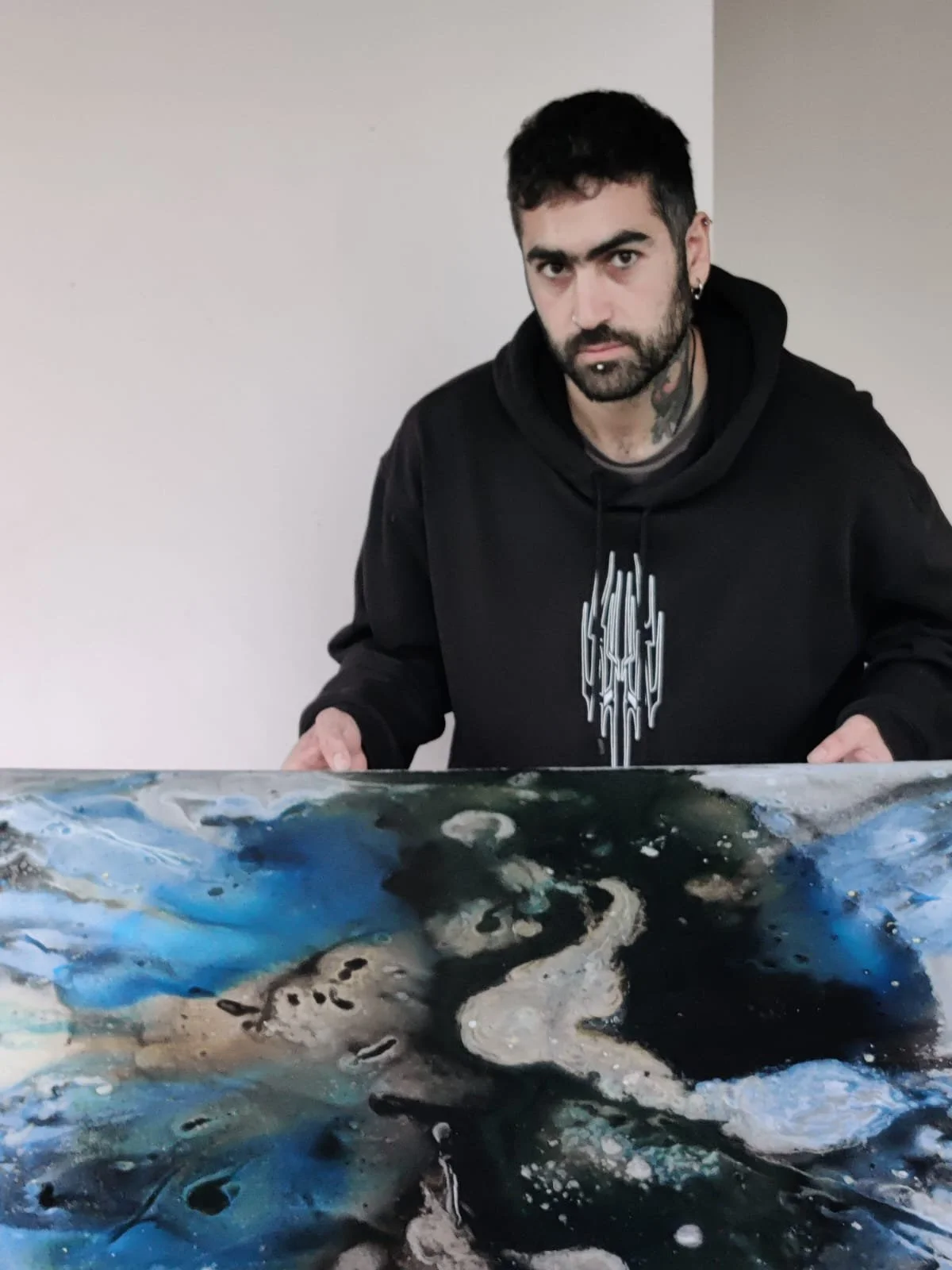INTERVIEW | Roberto Bocchini - Trasposismi
10 Questions with Roberto Bocchini - Trasposismi
Roberto Bocchini is a multidisciplinary visual artist whose career began with a passion for photography, particularly still-life, fashion, nature, architecture, and art. In his thirties, he transitioned into visual language, dedicating himself to the study of composition and the psychology of color. For several years, he served as a stage photographer at the municipal theater, where he portrayed important names on the international art scene.
His work, Trasposismi, has been presented in various exhibitions. In August 2018, he showcased Trasposismi in Bertinoro, followed by a solo exhibition in Savignano sul Rubicone in November of the same year. The following year, in June 2019, he presented Colors for Freedom at Rubicon Hall in Cervia. Later that year, in November 2019, Trasposismiwas exhibited at the Sala degli Specchi in Palazzo Museo Alexander in Pesaro. He also participated in Vernice Art Fair in March 2019 and returned in September 2021, receiving recognition in the Coinè special category competition.
Bocchini’s work has earned several awards. In September 2019, he was awarded the solo exhibition prize in the graphics category of the Biancoscuro Art Contest in Montecarlo for his piece Hidden to the Gazes. In 2020, he was named winner ex-aequo of the Grand Prize of Art in the Digital Art category with the work Mechanical Rooster, which was later exhibited at Passepartout Unconventional Gallery in Milan in 2021.
His work has been featured in several publications, including Art #554 by Cairo Publisher in October 2019 and Writings in and Around Art – Number 0: Leonardo and the Contemporaries in 2019, as well as Art and Illusion in 2020. He was also included in Time in Art Between Past and Future 1920/2020 by Arpinè Sevagian and the Atlas of Contemporary Artby De Agostini in 2020. That same year, his work appeared in the Mondadori/Cairo Modern Art Catalog CAM56. Most recently, he was invited as an artist for Spotlight #23: Keeping the Silence and was featured in World Wide Art Magazine #15 in 2024 with Dark Monsters of the Adriatic.
Roberto Bocchini’s exhibitions, awards, and published works reflect his commitment to a visual language that explores diverse themes and subjects.
Roberto Bocchini - Portrait
ARTIST STATEMENT
Never totally fulfilled, never completely satisfied, Roberto Bocchini (Trasposismi) witnesses constant research performed on forms, on their distortion so much as to generate new boundaries. Introspective, shadowy, and restless, his character leads him to continuous experimentation. His unquenchable investigation of materials led him as a teenager to the darkroom with photographic papers and tea-colored toning, to the projection of multiple slides on corroded and unusual surfaces, competing to create further mutations, to the painting of old objects. Pieces of old failed computers were burned, cut, and deconstructed to reveal a source (atomic) form, totally different from the primary element. There is a foundational element in his production that runs through almost all of his works, viz. photographic texture and photography. Roberto Bocchini has never been particularly fond of the figurative painting genre, so he has always repurposed a personal vision of alternative identity. Using his images, fused with multiple drawing techniques, he induces a profound abstract process of reconstruction and contamination, aimed, in some cases, even at showing the artist's more tormented side.
The Frozen Toucan © Roberto Bocchini
INTERVIEW
What inspired you to transition from photography to exploring visual language in your thirties?
Actually, this transition happened gradually and naturally. Even as a boy, before I came of age, I tried to develop alternative points of view. You could say that the opportunity to make a name for myself as a stage photographer in the theatre helped draw further attention to me, and, finally, meeting people who urged me to continue, I became convinced that this was my path.
How has your experience as a stage photographer influenced your current artistic style?
The role of the stage photographer influenced my style, but it also finalized and fulfilled it. I have always loved the theatre for its transversality, especially when you have the privilege of being a stage photographer, you find yourself in a dimension parallel to everything else; you maintain an intimate contact with the actor, even if at a distance, you investigate him to catch his action, preceding him by a second or two while waiting for his performance, and also, behind and to the side, you feel the audience trembling, enjoying themselves, leaning towards the stage. All of this is very exciting; above all, it implies a parallel and advantageous vision that the audience cannot have, a red thread that connects all the parts and conveys emotions similar to going through the performance and experiencing it in the first person as an active participant.
Hidden from view © Roberto Bocchini
What did you wish you knew about contemporary art before you got started?
Everything, I have always tried to educate myself in an intellectually independent way, but being self-taught, I try to know, read and watch everything that belongs to art. In my opinion, it is quite reductive to exhibit a culture that isexclusive to one branch of art. On the contrary, it is a well-known story of how artistic contamination between various environments (literary, social, cultural) has contributed to the emergence of related and parallel movements, further enriching artists and allowing them a more global and less rigid vision toward a certain type of thought.
Can you tell us about the concept behind Trasposismi and how it defines your work?
Trasposismi is an invented term given to me by a dear friend; it contains a root indicating transition, transposition, andalchemical mutation. Trasposismi reflects in a descriptive way the process my works undergo. Like a watchmaker of the image, who never completely satisfied, he disassembles and reassembles the gears that make up a subject. He loves to modify its structure and update its mechanisms while maintaining its historical and poetic flavor.
Diving Blue #1 © Roberto Bocchini
Sordid Cities #1 © Roberto Bocchini
What materials or techniques do you enjoy experimenting with the most in your work?
I very often work on the graphic tablet, but I also use old canvases, cardboard, and aluminum sheets to glue. I like to get my hands dirty and have tactile contact with the canvas or paper. I print photos and then work on them with gel pens or charcoal; it is very difficult for me to do simple works; I love to complicate my life, even in art. As a boy, I experimented with any coloring in the darkroom, from tea to moke-up.
Can you describe your creative process when merging photography with other drawing techniques?
I have a huge personal photo archive with thousands of images, slides, negatives, and digital files (having actually started photography at the age of 13). Every subject that catches my attention is transformed into something unusual, whether it is a lamp or a bottle. I want to distort the shapes and blend them with other textures.
I create multiple 'vertical landscapes' of the same image, but at each overlay, I use an imperceptible offset to increase the depth. I blend layers by reversing their roles; in short, everything and its opposite, giving unexpected and surprising results; after all, it is mathematics and color theory. At other times, I force my images to undergo 15/20 interventions in an almost infinite sublimation, which adds or subtracts information, details, and superstructures with each fusion.
If I do not have a precise concept to adhere to, then I let my eyes wander in search of an unknown form. From that small-born nucleus, I ideally depart towards a destination that I do not even know. Like all artists, I create, destroy, and reconstruct. I dismantle and reassemble my images several times until I am satisfied with the "visual impression" I receive. I prepare pre-processed blocks that will be anchored to each other in a whole (finished work). Other times, I leave dozens of unfinished subjects to doze for years in the drawer waiting to awaken them in a different light. I never use the same programs for too long because I don't want to risk a flattening or standardization of ideas.
Keeping the Silence © Roberto Bocchini
Men Of The Caves © Roberto Bocchini
What themes or emotions do you aim to evoke in your audience through your abstract reconstructions?
What I want is not to appear banal and repetitive. My subjects often spring from the brightness of the white sheet, but then they become dirty and corroded, like a parable of life in which purity is gradually abandoned to become stained by compromises and regrets. I have often been accused of excessive superstructures and of having too much of a shady side, but it is a personal characteristic of mine. I have never been a white-friendly artist, even though I have some very popular light-coloured plates. Rather I tend to take refuge in the reassuring and protective half-light, away from the spotlight. In many cases, I am enraptured by dystopian and surreal scenarios, and I cannot ignore them; they are part of me and part of the fears of our times, of our collective unconscious.
In all my exhibitions, I tried to investigate the people who were observing my works. They could please or frighten; they certainly should not appear reassuring or friendly, but they should touch the eyes and trigger a question. They had to lead the viewer to have doubts.
Believe me, when you see people in the hall sitting, sighing in an attempt to "investigate" a particular work, it is a privilege to enjoy that is priceless, and I am grateful to art for being able to experience the feelings that my viewers transfer to me. Moreover, welcoming people who wait their turn to ask you questions and who confide in you that certain paintings moved them makes you realize that, beautiful or not, you have achieved your goal. You have given them something, you have delivered emotions to them. They will remember you.
You've been featured in several publications and won different awards. Which achievement are you most proud of, and why?
Every award received is for an artist, a sign of esteem and recognition for their career. I found out by chance that I had won the Biancoscuro Contest in Monte Carlo in 2019 (graphics category), and I was filled with joy, but I was even happier when a DeAgostini agent came incognito into my exhibition in Cervia and proposed that I join the 900 Italian artists on the Atlas of Contemporary Art 2020.
Dark monsters of the Adriatic © Roberto Bocchini
Are there any upcoming projects or exhibitions you're excited to share with us?
I have several projects that I care about, one in particular, the critical finishing of my third book that deals with analyzing and studying the relationship between my old archive images (photographic and pictorial) and how things actually return cyclically in our lives. This book will contain works born even a decade before the final subject, they are photographic images that are mirrored in their pictorial twin (Doppelgänger) and return to us in a modern version, always determined to be remembered. This project has been described as very original and innovative by one of the leading figures of a well-known art publisher.
As we are close to the beginning of a new year, what are your goals for 2025? Is there something in particular you would like to achieve throughout the year?
I still don't have a clear goal for 2025; I would love to finally participate in the Florence Biennale to which I was previously invited. I also have several contacts in the United States, but these are things that take a long time to organize.
Artist’s Talk
Al-Tiba9 Interviews is a promotional platform for artists to articulate their vision and engage them with our diverse readership through a published art dialogue. The artists are interviewed by Mohamed Benhadj, the founder & curator of Al-Tiba9, to highlight their artistic careers and introduce them to the international contemporary art scene across our vast network of museums, galleries, art professionals, art dealers, collectors, and art lovers across the globe.



